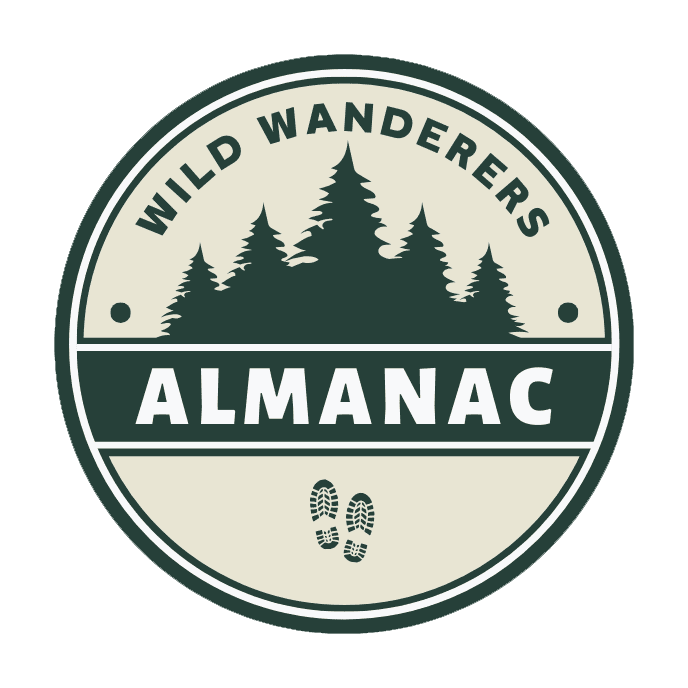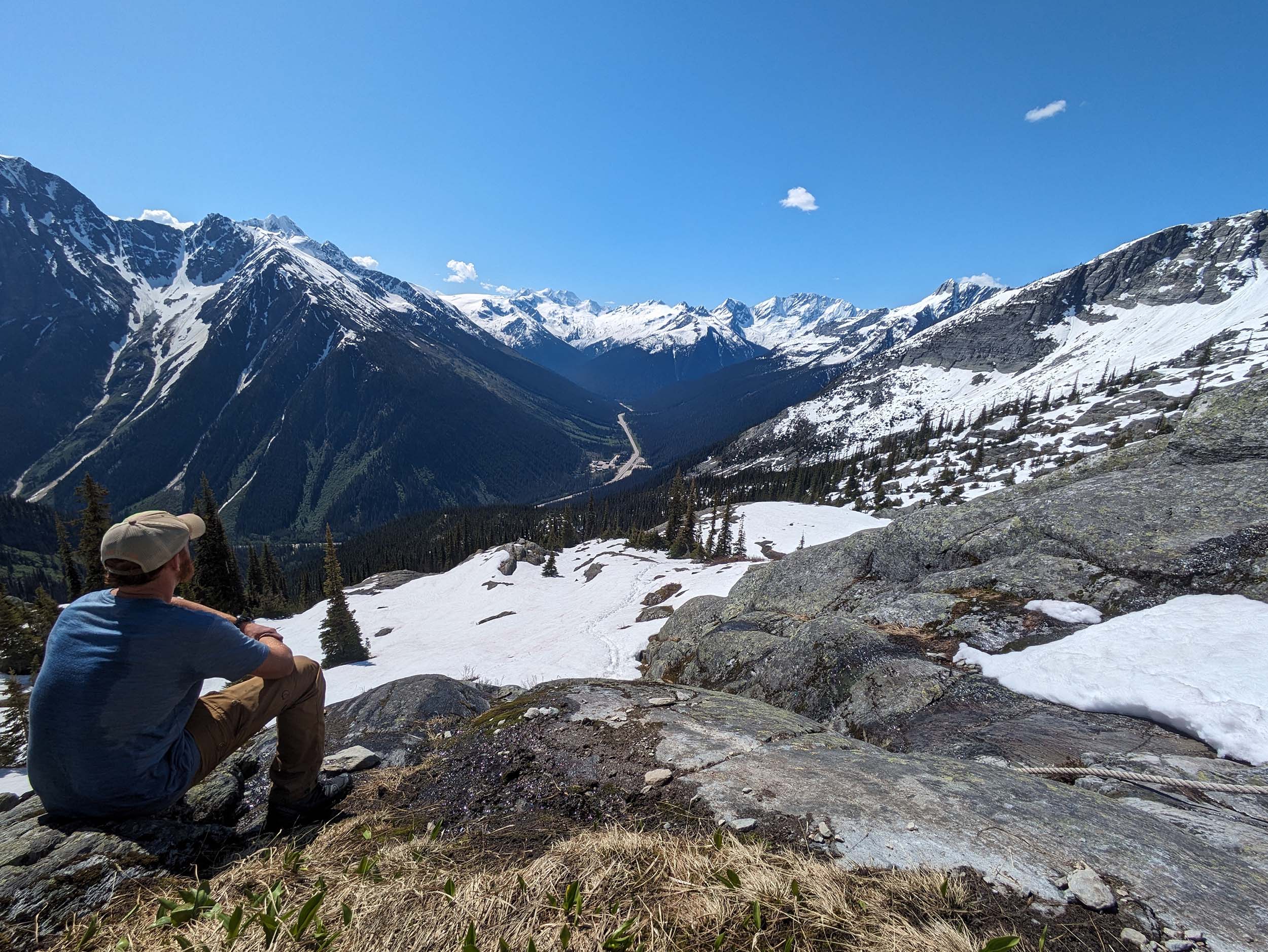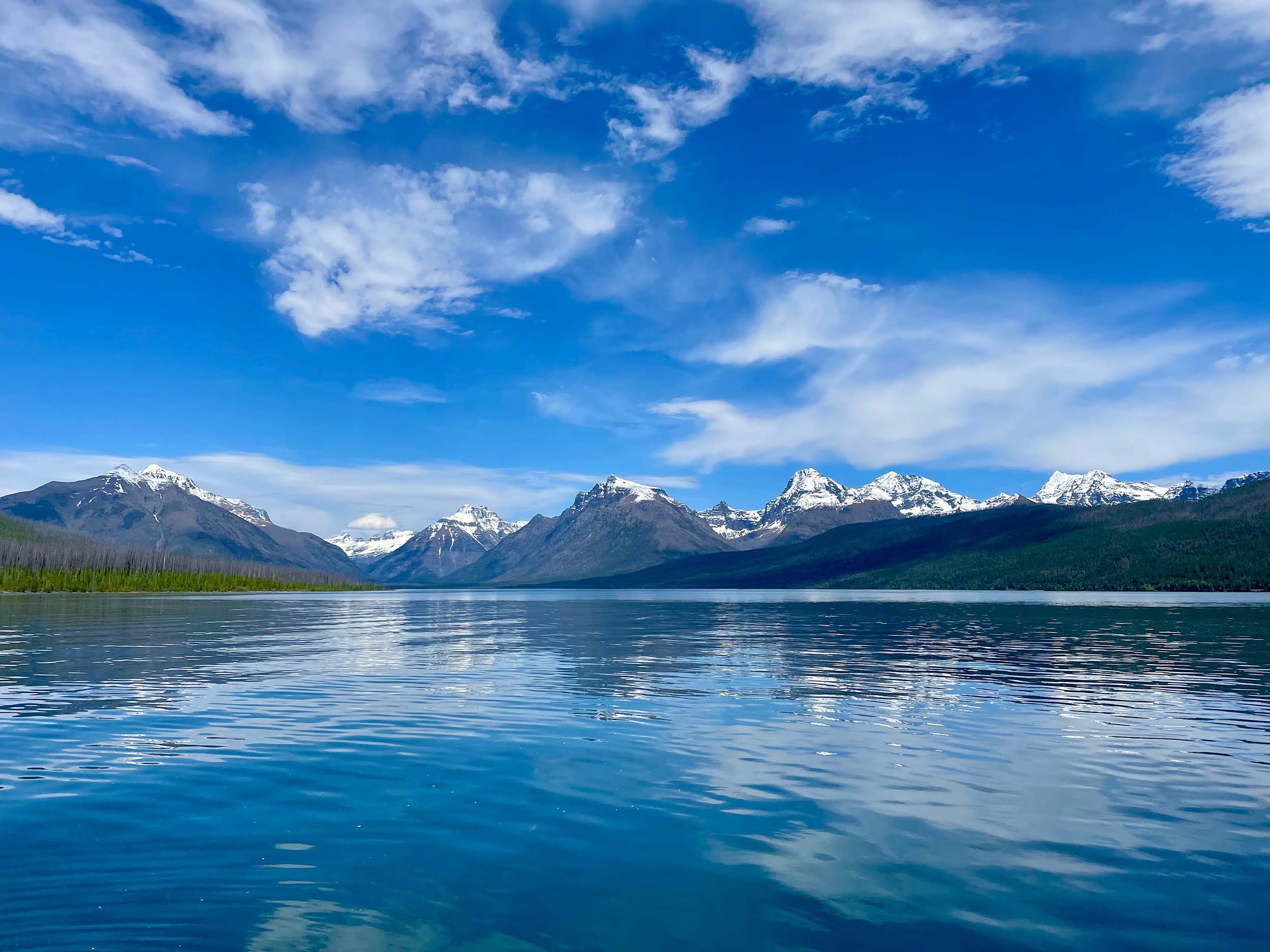Park Information Quick Facts
Location: Montana
Park Size: 1,013,322 Acres
Time Needed: 3-5 days
Best Season: July to August
Must Do: Logan Pass
Pro Tips: Sunrise hikes not only offer quieter trails but also reward you with stunning morning light and a greater chance of spotting wildlife in their natural habitat.
Visitor Centers
Glacier National Park’s visitor centers are essential stops for gaining insights into the park’s history, ecosystems, and recreational opportunities. Apgar Visitor Center, located near the park’s west entrance, serves as a primary hub, offering maps, trail information, and ranger-led programs. Its proximity to Lake McDonald makes it an ideal first stop for visitors exploring the western region of the park. St. Mary Visitor Center, situated at the eastern entrance, provides an introduction to the park’s east-side landscapes and features interpretive exhibits on the park’s cultural and ecological significance, with a special focus on its relationship to the Blackfeet Nation. Both centers provide shuttle access, making them excellent starting points for your Glacier adventure.
Plan Your Glacier Adventure Today!
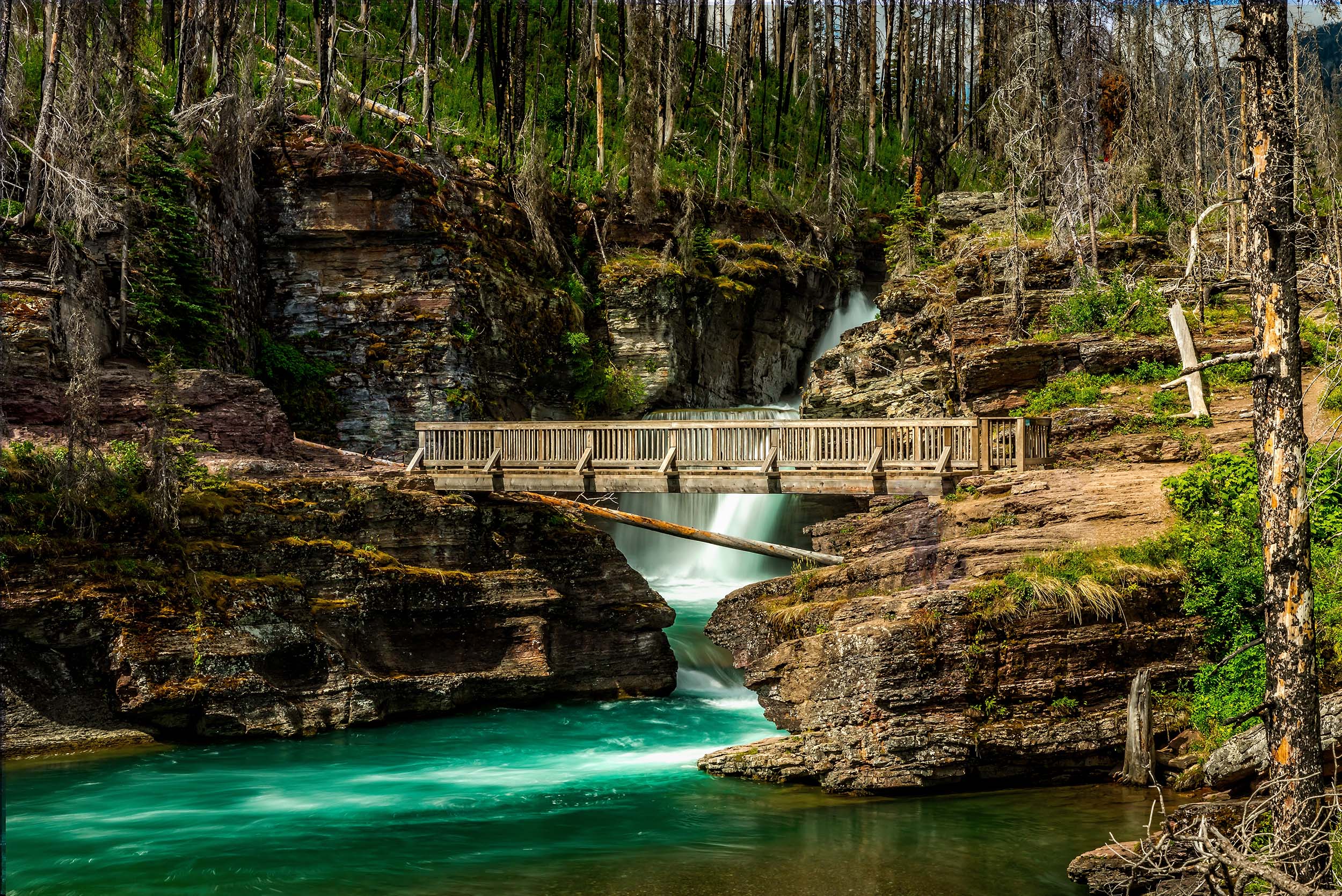
Getting There
How to Travel to Glacier National Park
Getting to Glacier National Park involves choosing between various transportation options depending on your starting location and travel preferences. If flying, Glacier Park International Airport (FCA) in Kalispell, Montana, is the closest airport, located about 30 miles from the park’s west entrance. Major airlines serve this airport with seasonal and year-round flights from cities like Denver, Seattle, and Minneapolis. From the airport, visitors can rent a car to access the park, as public transportation within the area is limited. Alternatively, larger airports such as Spokane International Airport (GEG) in Washington or Missoula International Airport (MSO) in Montana are options for those willing to drive a few hours to the park.
Getting to Glacier National Park involves choosing between various transportation options depending on your starting location and travel preferences. If flying, Glacier Park International Airport (FCA) in Kalispell, Montana, is the closest airport, located about 30 miles from the park’s west entrance. Major airlines serve this airport with seasonal and year-round flights from cities like Denver, Seattle, and Minneapolis. From the airport, visitors can rent a car to access the park, as public transportation within the area is limited. Alternatively, larger airports such as Spokane International Airport (GEG) in Washington or Missoula International Airport (MSO) in Montana are options for those willing to drive a few hours to the park.
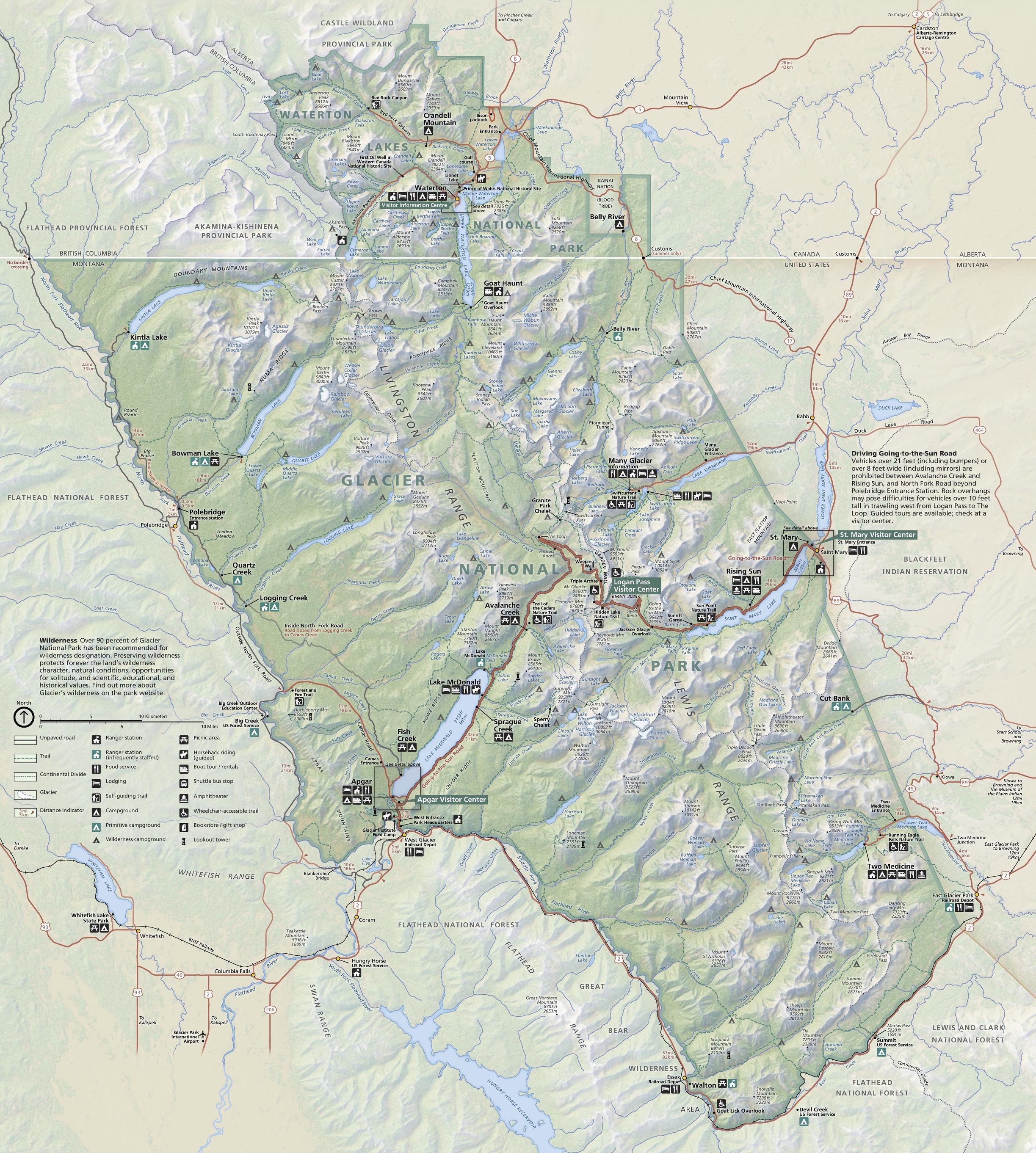
Camping
Apgar Campground
- Location: Near the west entrance and Apgar Village.
- Sites: 194, largest campground in the park.
- Features: Reservable sites, potable water, flush toilets, and proximity to Lake McDonald.
- Best For: Families and those wanting easy access to visitor centers and amenities.
St. Mary Campground
- Location: East side of the park, near the St. Mary Visitor Center.
- Sites: 148, reservable.
- Features: Potable water, flush toilets, and shuttle access.
- Best For: Access to the Going-to-the-Sun Road and the park’s eastern trails.
Many Glacier Campground
- Location: Northeastern side of the park in the Many Glacier Valley.
- Sites: 109, some reservable.
- Features: Flush toilets, potable water, and incredible views of surrounding mountains.
- Best For: Close proximity to premier hiking trails like Grinnell Glacier and Iceberg Lake.
Two Medicine Campground
- Location: Southeastern part of the park near Two Medicine Lake.
- Sites: 99, first-come, first-served.
- Features: Pit toilets, potable water, and peaceful surroundings.
- Best For: A quieter, scenic base for exploring nearby trails and lakes.
Bowman Lake Campground
- Location: Remote northwestern corner of the park.
- Sites: 48, first-come, first-served.
- Features: Pit toilets and no potable water (bring your own or filter lake water).
- Best For: Those seeking solitude and rustic camping.
Kintla Lake Campground
- Location: The most remote campground, near the Canadian border.
- Sites: 13, first-come, first-served.
- Features: Pit toilets and no potable water.
- Best For: Backpackers and those looking for a wilderness experience.
Avalanche Campground
- Location: West side of the park, near Avalanche Lake Trailhead.
- Sites: 87, first-come, first-served.
- Features: Flush toilets, potable water, and shaded sites.
- Best For: Hikers and families wanting a central location close to Going-to-the-Sun Road.
Fish Creek Campground
- Location: Near Lake McDonald on the west side.
- Sites: 178, reservable.
- Features: Flush toilets, potable water, and a quieter alternative to Apgar.
- Best For: Families and those looking for a more secluded west-side experience.
Rising Sun Campground
- Location: Near St. Mary Lake on the east side of the park.
- Sites: 84, first-come, first-served.
- Features: Flush toilets, potable water, and shuttle access.
- Best For: Easy access to the east side of Going-to-the-Sun Road.
Sprague Creek Campground
- Location: West side of the park along Lake McDonald.
- Sites: 25, first-come, first-served.
- Features: Flush toilets and potable water; RVs are not permitted.
- Best For: Tent campers looking for a lakeside location.
Cut Bank Campground
- Location: East side of the park, accessible via a dirt road.
- Sites: 14, first-come, first-served.
- Features: Pit toilets and no potable water.
- Best For: A quiet and primitive camping experience.
Quartz Creek Campground
- Location: Remote northwest section of the park.
- Sites: 7, first-come, first-served.
- Features: Pit toilets and no potable water.
- Best For: Experienced campers seeking solitude.
Logging Creek Campground
- Location: Remote northwest section of the park.
- Sites: 7, first-come, first-served.
- Features: Pit toilets and no potable water.
- Best For: Rustic camping and solitude.
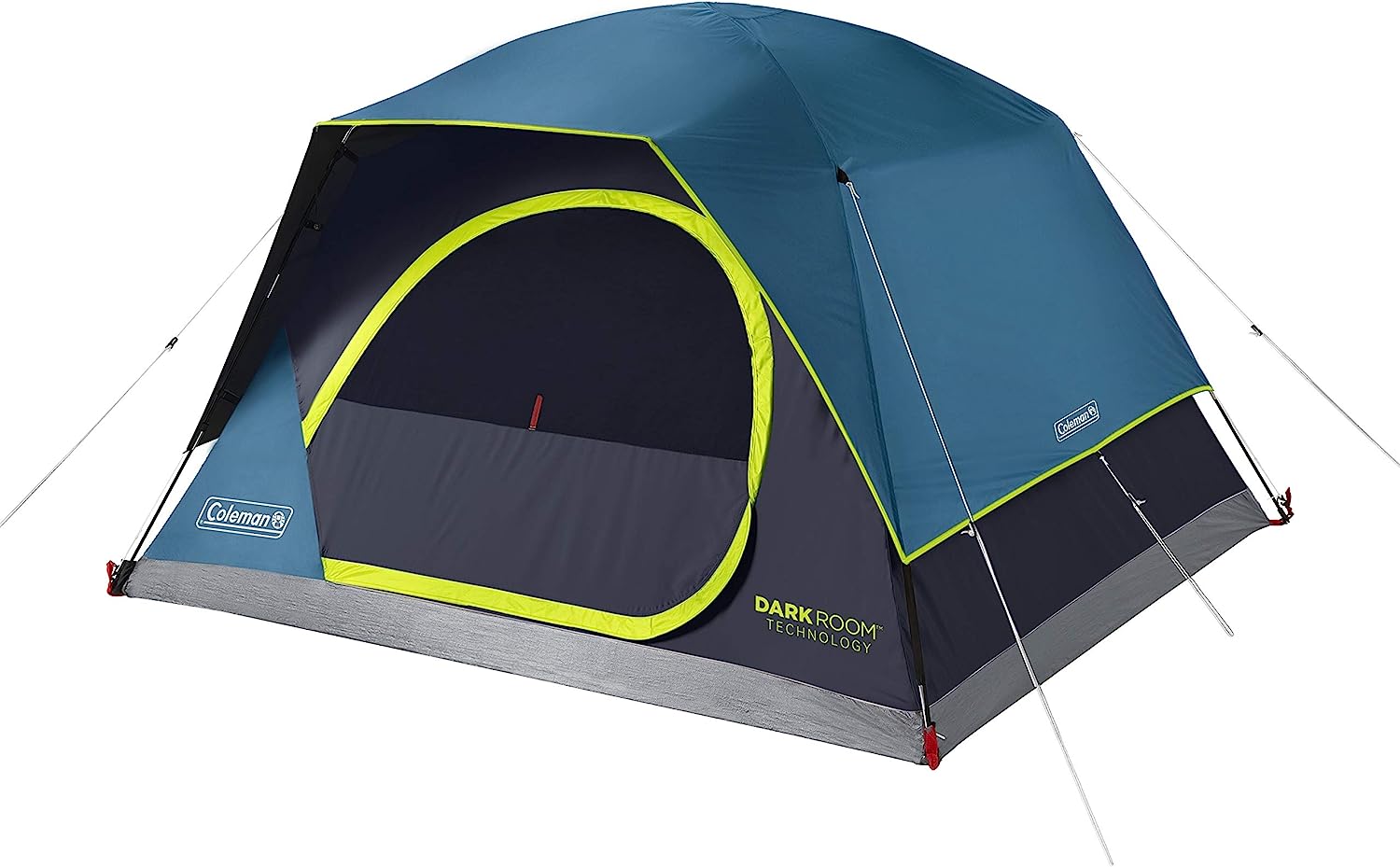
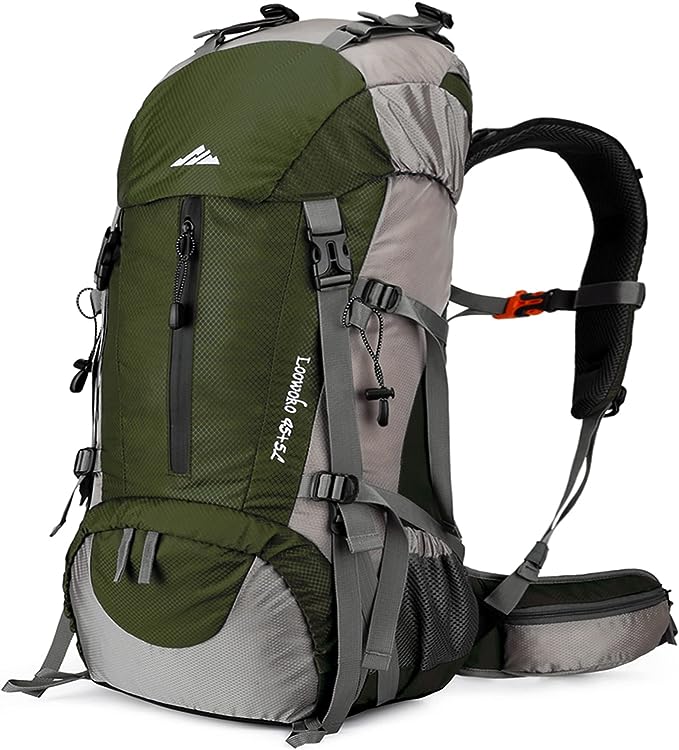
-
Arrive Early: Many of the park’s campgrounds operate on a first-come, first-served basis, and spots fill up quickly, especially during peak summer months. Arriving early in the morning increases your chances of securing a site. For reservable campgrounds, book as far in advance as possible.
-
Be Bear Aware: Glacier is home to both grizzly and black bears, so it’s vital to follow bear safety protocols. Store all food, toiletries, and scented items in bear-proof containers or park-provided food lockers. Keep a clean campsite, and never leave food unattended. Carry bear spray and know how to use it when hiking or camping.
-
Prepare for Changing Weather: Glacier’s weather can be unpredictable, with sudden temperature drops, rain, or even snow at higher elevations, even in summer. Pack layers, waterproof gear, and a high-quality sleeping bag suitable for colder nights to stay comfortable and safe.
Popular Hiking Trails
Grinnell Glacier Trail
- Length: 10.6 miles (round trip)
- Elevation Gain: 1,600 feet
- Difficulty: Moderate to strenuous
- Details: One of the park’s most iconic hikes, this trail leads to the spectacular Grinnell Glacier, passing through wildflower meadows, along turquoise lakes, and offering incredible mountain views.
Hidden Lake Overlook
- Length: 3.3 miles (round trip)
- Elevation Gain: 1,100 feet
- Difficulty: Moderate
- Details: A popular, moderate hike that offers breathtaking views of Hidden Lake and the surrounding peaks.
Highline Trail
- Length: 11.8 miles (one way)
- Elevation Gain: 2,300 feet
- Difficulty: Strenuous
- Details: Starting at Logan Pass, this famous trail follows the ridge above the Going-to-the-Sun Road, offering sweeping views of Glacier’s rugged terrain. For a shorter hike, you can take the first part of the trail to the Granite Park Chalet and return.
Iceberg Lake Trail
- Length: 9.7 miles (round trip)
- Elevation Gain: 1,200 feet
- Difficulty: Moderate to strenuous
- Details: A stunning trail that leads to a picturesque lake surrounded by towering cliffs and often dotted with icebergs, even in summer.
Avalanche Lake Trail
- Length: 4.5 miles (round trip)
- Elevation Gain: 730 feet
- Difficulty: Moderate
- Details: Starting from the Avalanche Campground, this relatively short trail leads to Avalanche Lake, nestled between towering cliffs with waterfalls cascading into the lake.
Red Eagle Lake Trail
- Length: 9.6 miles (round trip)
- Elevation Gain: 1,100 feet
- Difficulty: Moderate
- Details: This trail, located on the eastern side of the park, follows a creek and ascends to Red Eagle Lake, offering stunning views of surrounding mountains.
Logan Pass to Swiftcurrent Pass
- Length: 8.4 miles (one way)
- Elevation Gain: 2,300 feet
- Difficulty: Strenuous
- Details: This trail offers a challenging and remote hike that connects two of Glacier’s most scenic areas—Logan Pass and Swiftcurrent Pass.
Siyeh Pass Trail
- Length: 10.3 miles (one way)
- Elevation Gain: 2,000 feet
- Difficulty: Strenuous
- Details: A long, challenging trail that offers stunning panoramic views of the park.
Ptarmigan Tunnel Trail
- Length: 10.4 miles (round trip)
- Elevation Gain: 1,800 feet
- Difficulty: Strenuous
- Details: This trail takes you through the famous Ptarmigan Tunnel, a historic tunnel blasted through the mountains in the 1930s.
Baring Falls and St. Mary Falls Trails
- Length: 1.6 miles (round trip)
- Elevation Gain: 200 feet
- Difficulty: Easy
- Details: This short, easy trail offers views of two beautiful waterfalls, Baring Falls and St. Mary Falls, located in the eastern section of the park. It’s a great option for those who want a quick, scenic hike without much elevation gain.
Swiftcurrent Pass Trail
- Length: 13.6 miles (round trip)
- Elevation Gain: 2,500 feet
- Difficulty: Strenuous
- Details: Starting from Many Glacier, this challenging trail leads through scenic alpine meadows and offers spectacular views of glaciers, valleys, and distant peaks.
McDonald Creek Trail
- Length: 4.5 miles (round trip)
- Elevation Gain: 500 feet
- Difficulty: Moderate
- Details: This trail follows McDonald Creek and offers a more secluded experience compared to other trails in the park.
Hiking Trails in Glacier National Park
Hiking at Glacier National Park offers an unparalleled opportunity to immerse yourself in the raw beauty of the wilderness, with over 700 miles of trails that take visitors through pristine alpine landscapes, lush forests, and dramatic mountain ranges. Whether you’re seeking a leisurely walk to a stunning waterfall or a challenging trek to a remote glacier, the park has trails for all experience levels. The iconic Going-to-the-Sun Road provides access to many trailheads, making it easy for visitors to explore popular hikes like the Hidden Lake Overlook and Avalanche Lake. For those looking to venture deeper into the park, more remote trails such as Grinnell Glacier and Siyeh Pass offer stunning vistas and an escape into the heart of the wild.
One of the unique aspects of hiking in Glacier National Park is the chance to witness its diverse ecosystems, from dense forests filled with towering pines to rugged alpine terrain adorned with wildflowers in summer. The park’s trails often pass through areas where visitors can spot wildlife such as mountain goats, bighorn sheep, and even grizzly bears, making it important to follow bear safety protocols. The variety of landscapes means hikers can experience dramatic changes in scenery over the course of a single hike, with crystal-clear lakes, expansive meadows, and towering cliffs forming a backdrop to every step.
Wildlife at the Park
Wildlife is one of the major highlights of Glacier National Park, offering visitors the chance to see a diverse array of animals in their natural habitats. The park is home to over 260 species of birds, 70 species of mammals, and a variety of reptiles and amphibians. Some of the most iconic wildlife species include grizzly bears, black bears, elk, moose, mountain goats, bighorn sheep, and the elusive wolverine. The park’s remote wilderness areas, alpine meadows, and dense forests provide the perfect environment for these animals to thrive, making Glacier a prime destination for wildlife enthusiasts and photographers.
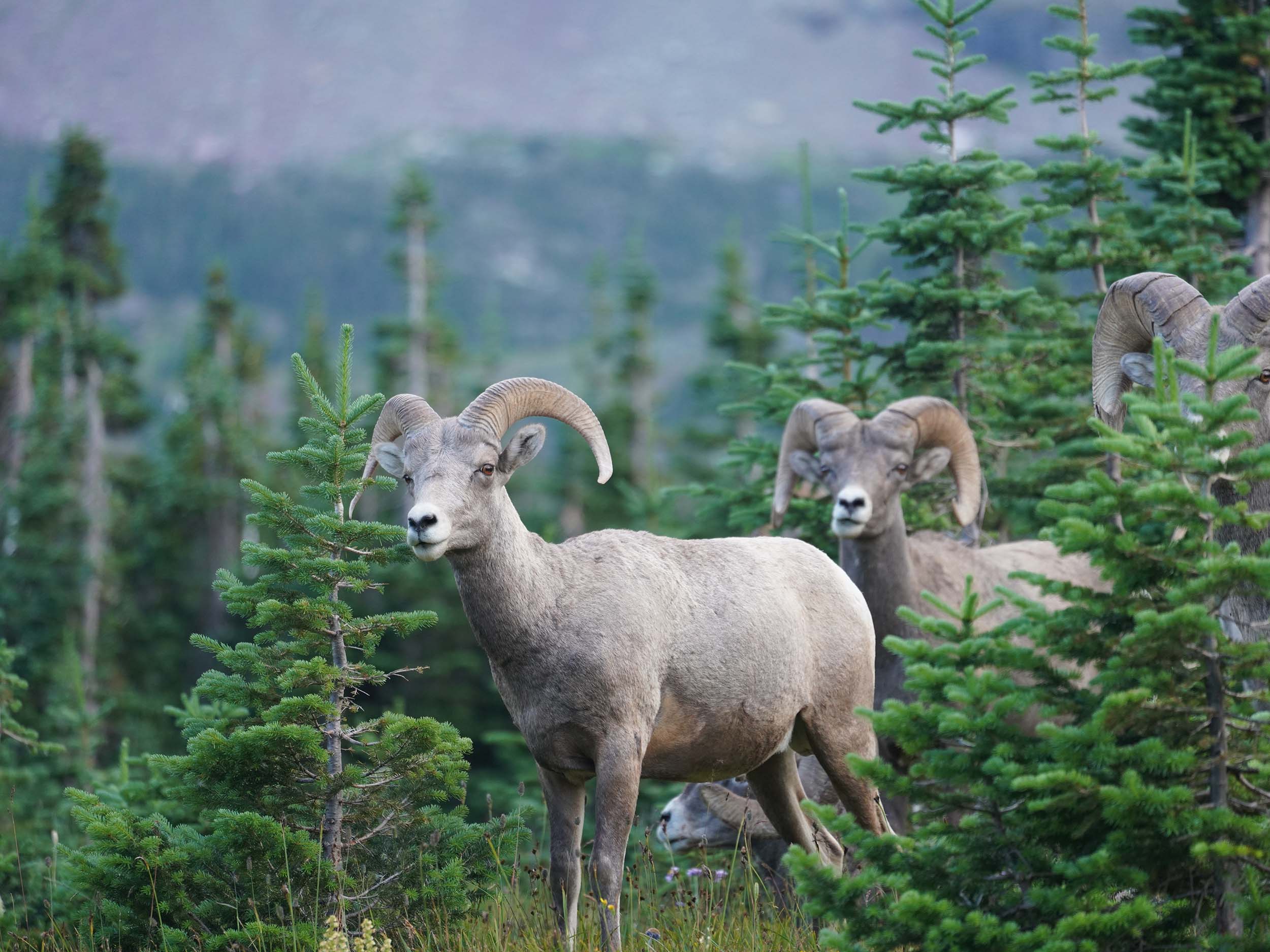
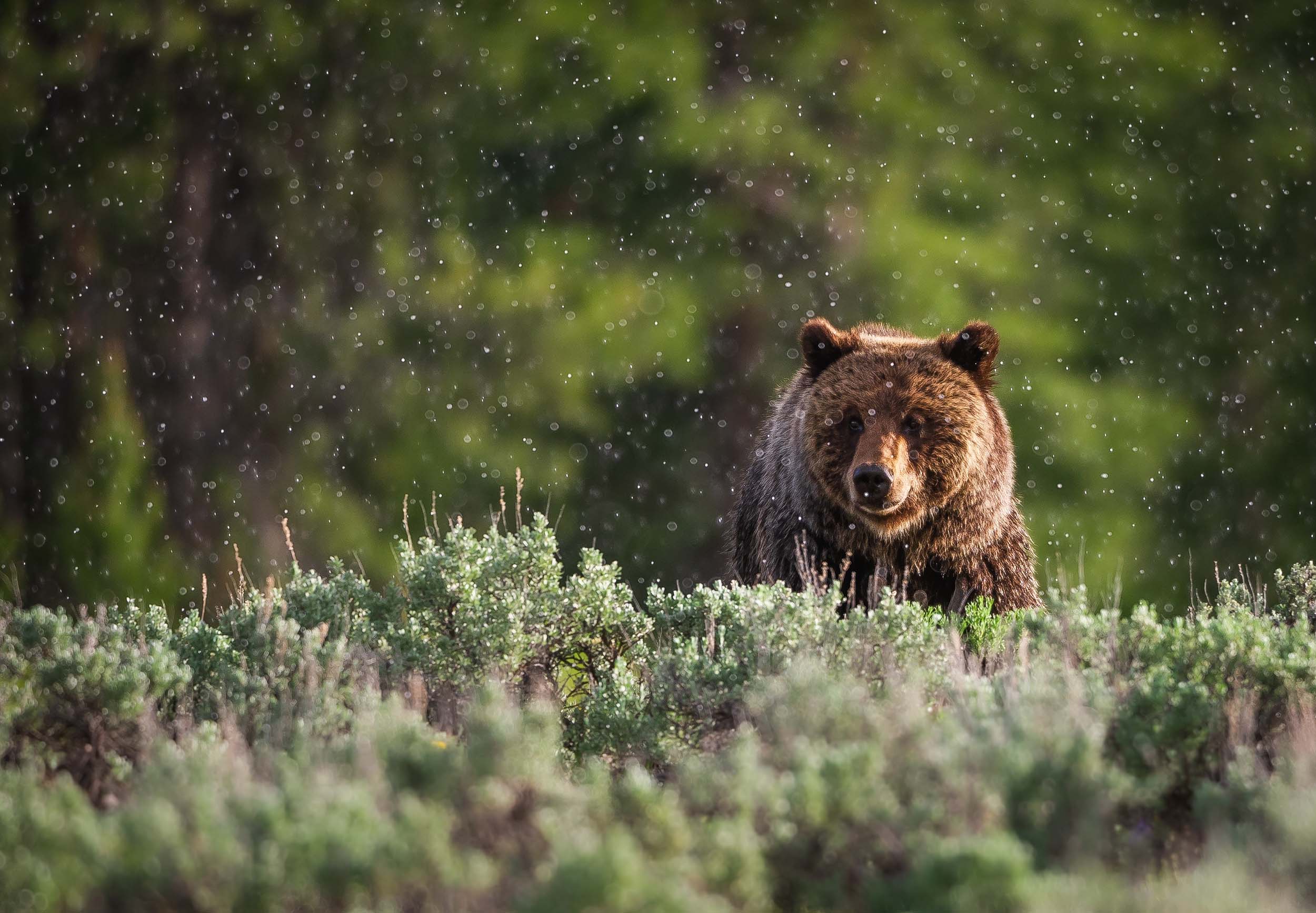
Grizzly bears are perhaps the most famous residents of Glacier National Park, and the park is one of the best places in the U.S. to observe these magnificent creatures. Along with black bears, they can often be seen foraging in meadows or along the edges of trails, though visitors are encouraged to maintain a safe distance and follow bear safety guidelines. In addition to bears, the park is home to herds of elk, especially in the early mornings and evenings when they emerge from the forests to graze in the meadows. Moose can be spotted in the park’s wetlands and along its lakes, while mountain goats and bighorn sheep are frequently seen scaling the rocky cliffs and mountain ridges.
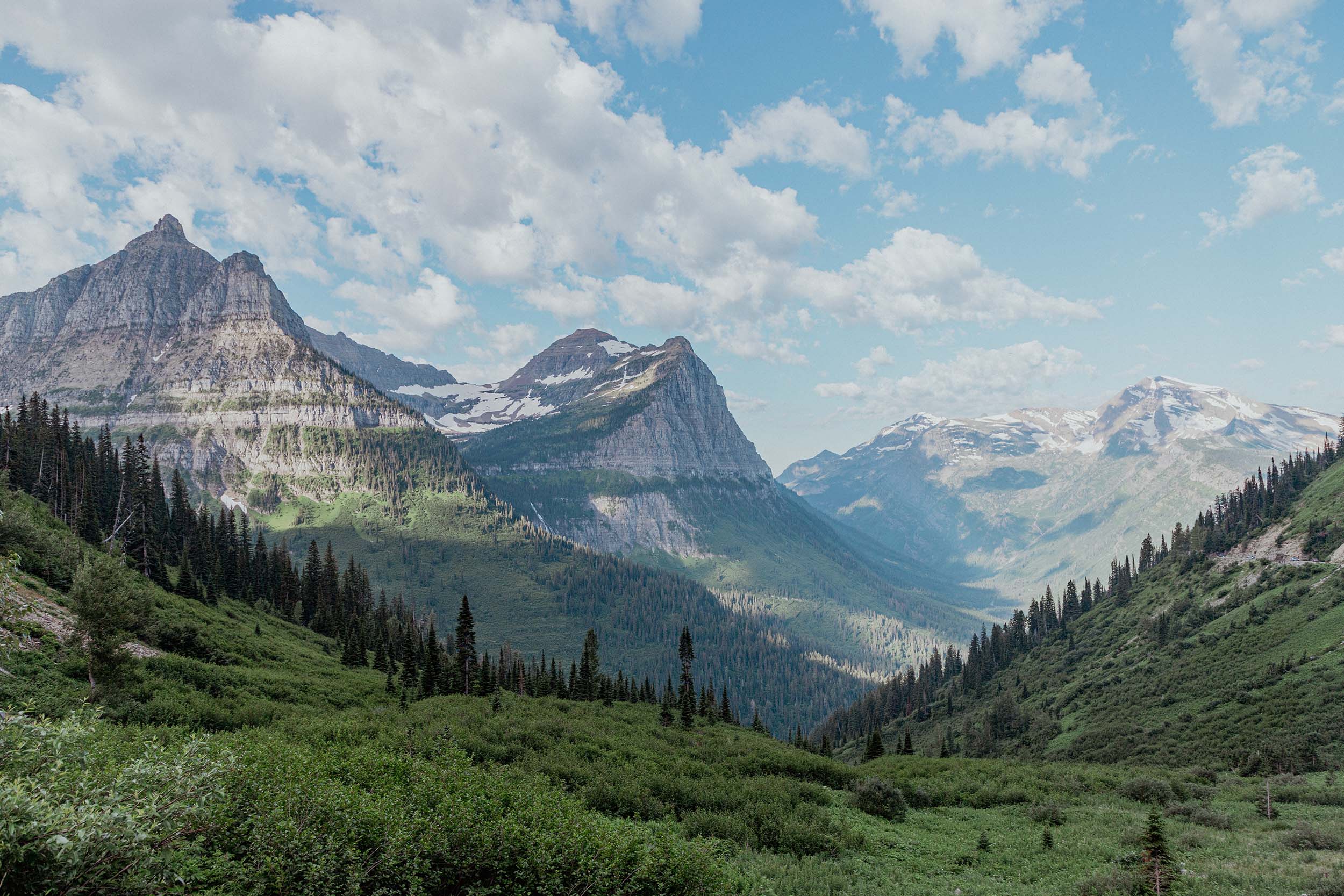
Gear We Used

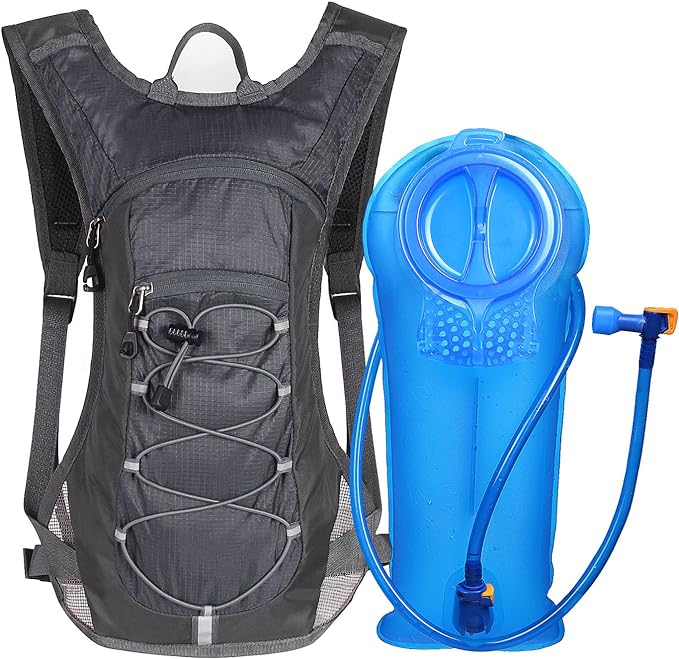
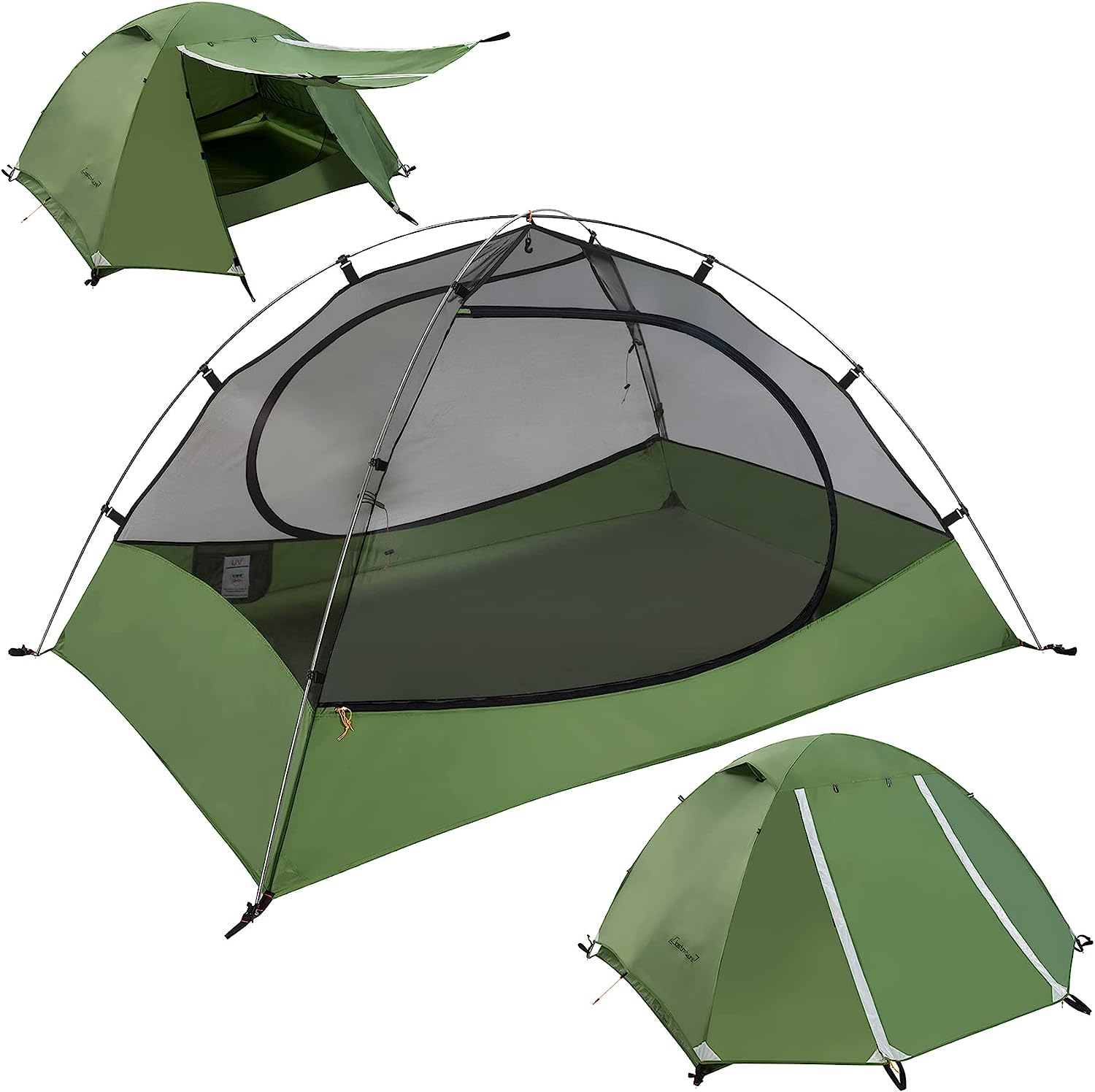
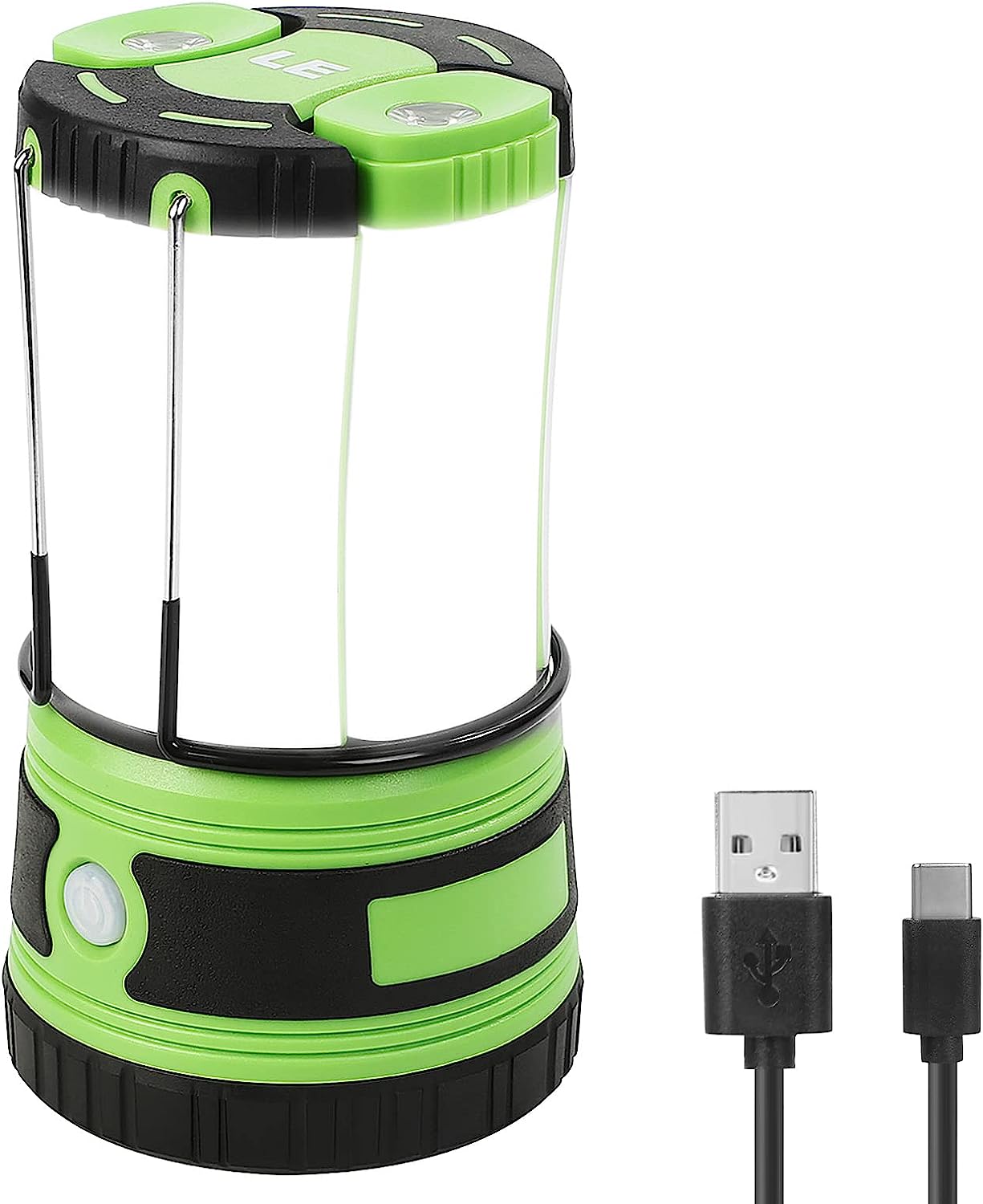
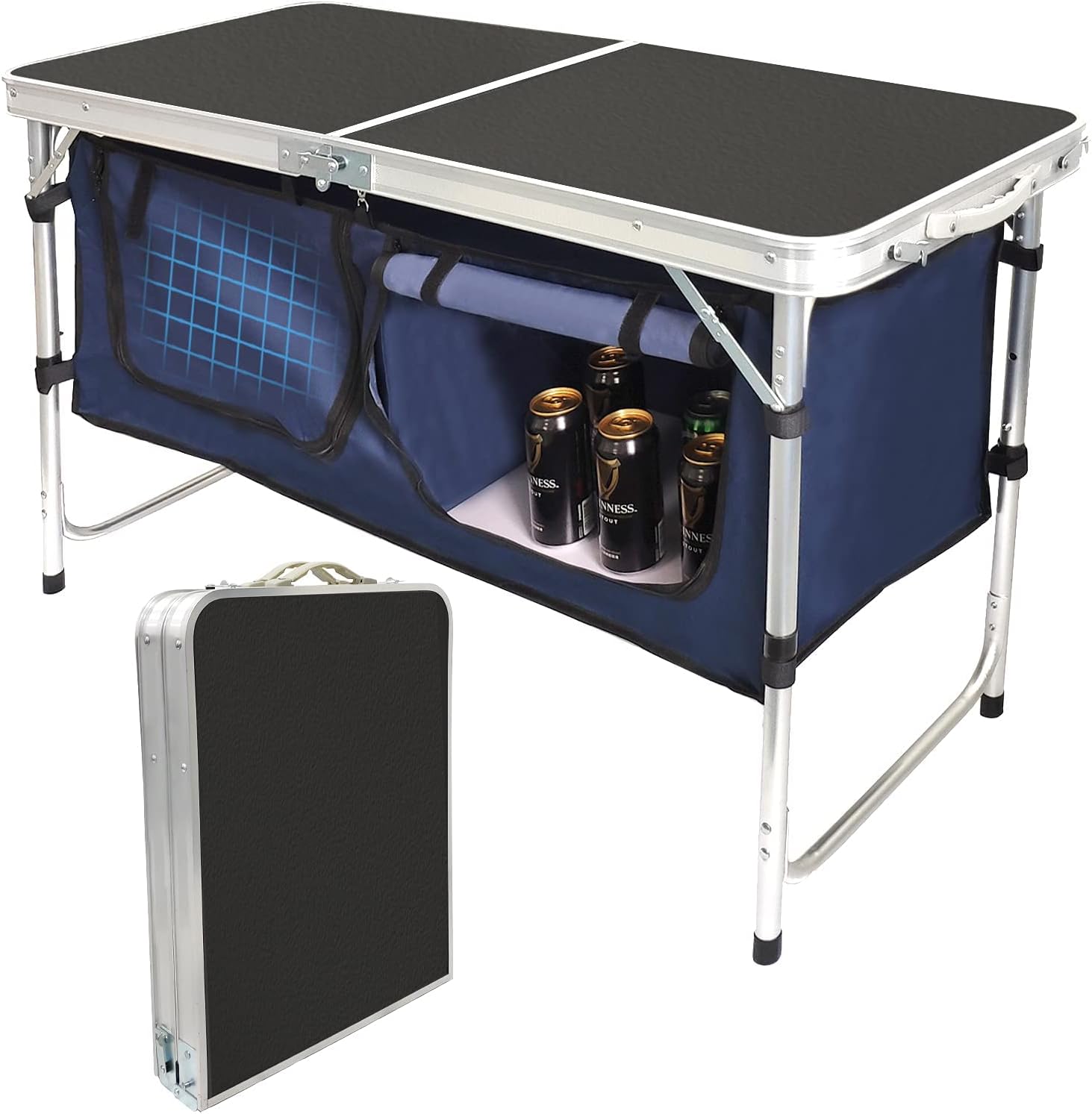
Must-Do Activities
Drive the Going-to-the-Sun Road
One of the most iconic experiences in the park, this 50-mile road offers breathtaking views of glaciers, alpine meadows, and mountain peaks. It’s a must-do, whether you’re driving the entire route or stopping at key points along the way, like Logan Pass or the Hidden Lake Overlook trailhead. The road is a feat of engineering and provides unparalleled views of Glacier’s diverse landscapes.
Wildlife Watching
Glacier National Park is a haven for wildlife enthusiasts. It’s one of the best places in the U.S. to see grizzly bears, black bears, mountain goats, bighorn sheep, and more. A must-do activity is visiting areas like Many Glacier or the area around Logan Pass early in the morning or at dusk, when wildlife is most active. Bring binoculars and a camera to capture the incredible sightings, but always observe animals from a safe distance.
Hike to Grinnell Glacier
This hike is a true highlight of Glacier National Park, offering a stunning route through wildflower meadows, along turquoise lakes, and up to the spectacular Grinnell Glacier. The hike is strenuous but incredibly rewarding, providing a close-up view of one of the park’s most famous glaciers. For a more relaxed experience, you can take a boat shuttle across Swiftcurrent Lake to reduce some of the hiking distance.
Glacier National Park History
The history of Glacier National Park is deeply intertwined with the indigenous peoples who lived in the region for thousands of years. The park lies within the traditional territory of the Blackfeet Nation, and the Siksika people have long regarded the area as sacred. For generations, they relied on the park’s rich resources for hunting, fishing, and gathering. Other Native American tribes, including the Kootenai and the Salish, also utilized the land, and their knowledge of the terrain and its ecosystems was passed down through oral traditions. The name “Glacier” reflects the glacial-carved landscape, a feature central to the park’s striking beauty. Many of the trails, passes, and mountains still carry names that honor the area’s indigenous heritage.
European exploration of the Glacier region began in the 19th century, with notable expeditions by fur traders and explorers like David Thompson, who traversed the area in the early 1800s. As settlers and adventurers moved westward, the spectacular mountain ranges and pristine lakes caught the attention of the American public. In the late 1800s, people began to explore the area more extensively, and the idea of preserving it for future generations began to gain traction. In 1910, after years of lobbying by naturalists and conservationists like George Bird Grinnell, the area was designated as Glacier National Park, becoming the 10th national park in the United States.
